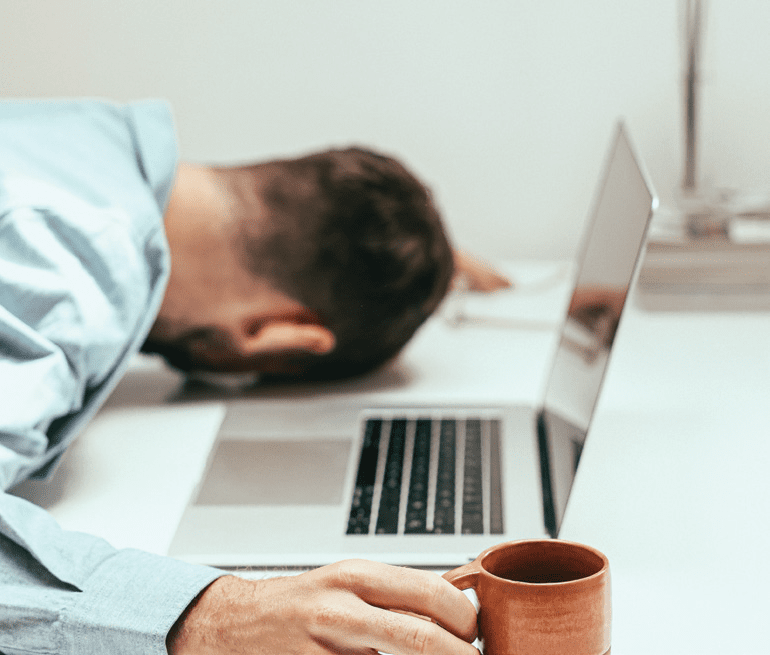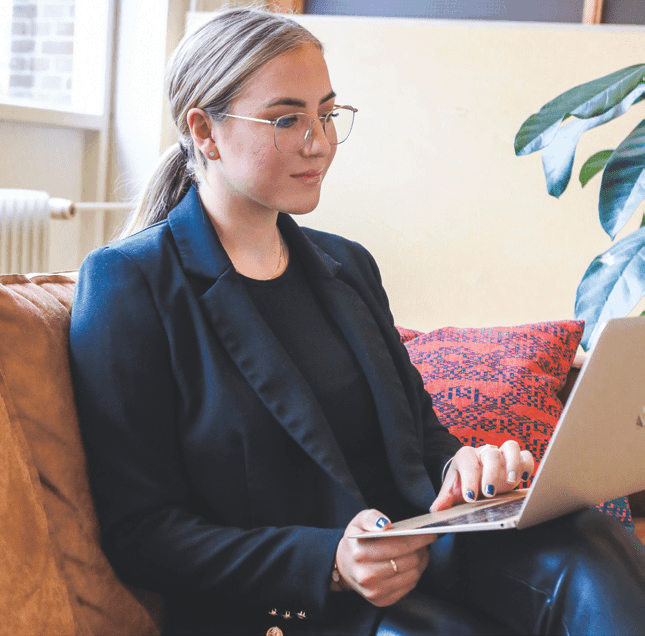
Maybe we’re all feeling a bit of Zoom fatigue after a year of lockdown due to the COVID-19 pandemic, and now we have a research study that acknowledges that it’s real. Researchers have found that the communication shift from in-person meetings to virtual encounters contributes significantly to mental and physical exhaustion, particularly among women.
Jeffrey Hancock, professor of communication in the Stanford University School of Humanities and Sciences, has co-authored the first large-scale examination of the effects of “self-viewing” in the increasing use of video conference calls.
They surveyed 10,322 participants to better understand how the pandemic is disproportionately affecting certain groups of people. The quantitative data were then published on April 13, 2021, on the Social Science Research Network.
Up to now, there has been anecdotal evidence that women are affected to a greater degree, but now there is actual data that Zoom fatigue is worse for women and why that’s the case.
Other differences were also identified. Extroverts had lower levels of exhaustion than introverts. Calmer people had less exhaustion than more anxious individuals. Younger people had higher levels of tiredness compared with older people. People of color had slightly higher levels than white participants.
A key factor is the effect of self-attention triggered by the digital mirror.
According to Hancock, the “self-focused attention” identified by social psychologists brings about a heightened awareness of how one is seen by others, how one appears in a conversation.
To obtain some measure of its effect, researchers asked participants: “During a video conference, how concerned do you feel about seeing yourself on the screen?” Also, “How distracting is it to see yourself?”

They found that women have a greater propensity to self-focus than men when “they are in the presence of a mirror.” This, they found, caused negative emotions and consequently “mirror anxiety.”
So, what can be done about it? The researchers suggest a simple solution: turn off the “self-view.”
Another contributing factor to fatigue among women is the feeling of being physically trapped by the need to stay centered in the camera’s field of view. In face-to-face meetings, people can move around, stretch, look around at other subjects in the room, but in virtual meetings, movement is limited. Moving farther away from the screen and periodically turning off the video helps to reduce stress.
The study also found that women’s meetings tended to go on longer with less time for breaks than men. The research team offered some further practical suggestions to reduce fatigue: having no-video meeting days, or periodically scheduling “video-off” conferences.
However, there’s another take on the experience that this pandemic has presented to us. Douglas Wheelock, a decorated NASA astronaut who spent more than five months at the International Space Station, recalls his reentry into life on Earth. He reflected on the fluctuating feelings of loneliness and isolation from loved ones and the disconnectedness from real life caused by being in outer space for extended periods of time, similar to what much of the world has been living through.
Returning to life on Earth is equally challenging, he observes. There is a mix of excitement and anxiety, as everyone returns to the routine of work, social encounters, and all that was considered part of a normal life. Wheelock has some tips on how to re-enter.
First, he suggests that we do a “self-inventory.” It is like a 1,000-piece jigsaw puzzle that has been dumped out in front of us, but without the box that provides the picture of what is to be recreated. We must take inventory of what we have, then put the pieces together again.
He says to keep in mind the four foundational corners of the puzzle: physical, mental, emotional, and spiritual health. Then start building the “connective tissue” — family and friend relationships that make lives whole.
Second, he recommends a “recalibration” — paying attention to the simple joys in life and reconnecting with people, engaging in deeper conversations, and listening to those who have experienced significant loss and hardship during the past year.
“I’m kind of ashamed that I lived so many years without realizing how special our existence is in this universe,” says Wheelock, as he pondered the planet after returning to Earth. “It’s this beautiful explosion of life and color during the day, and just as raging with light and motion at night.
“It’s this oasis of life in the vast, empty, dark sea of just blackness.”
Emilie Christy (Living City, USA)
With material from stanford.edu and fastcompany.com




